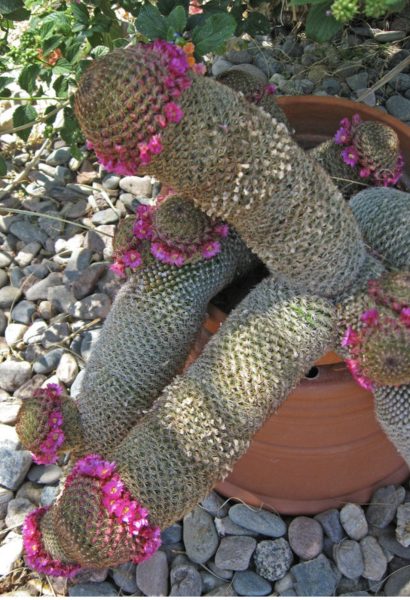
Succulents have garnered increasing popularity among plant enthusiasts in recent years, thanks to their low maintenance requirements and distinctive aesthetics. One particular succulent that has been capturing people’s attention is the Dancing Cactus, also known as Euphorbia lactea Cristata. Originating from India and Southeast Asia, this succulent earns its name from its wavy, crested features that resemble a dance. These crests are, in fact, mutations in the plant’s growth, resulting in a captivating and unique appearance.

Characteristics and Origin:
The Dancing Cactus is a slow-growing plant that can reach heights of up to 3 meters. It thrives in bright indirect light and well-draining soils, making it a popular choice for both indoor and outdoor decor. The undulating crests give it an exotic allure that appeals to plant enthusiasts seeking a visually striking addition to their collection.
Care and Maintenance:
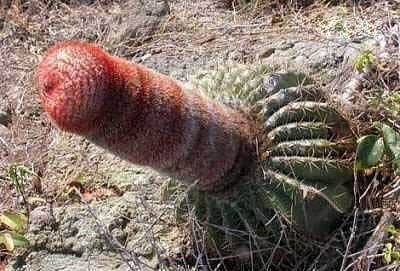
Contrary to its exotic appearance, the Dancing Cactus is not demanding when it comes to care. Its low-maintenance nature makes it an ideal choice for those new to succulents. The plant requires minimal watering and can tolerate a broad range of temperatures. However, handling it with care is crucial, as its sap can irritate the skin and eyes. As with any succulent, overwatering should be avoided to prevent root rot, making it essential to let the soil dry out between waterings.
Cultural Significance:
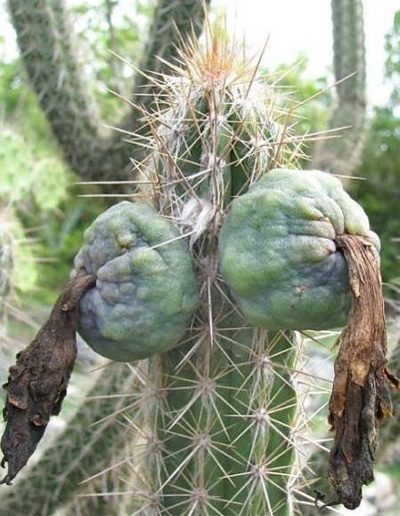
Beyond its ornamental value, the Dancing Cactus holds cultural significance in regions where it is native. In India and Southeast Asia, it is often associated with symbolism related to growth, resilience, and adaptation. Incorporating such a meaningful plant into your living space not only adds beauty but also connects you to the rich cultural heritage from which it hails.
Decorating with Dancing Cactus:
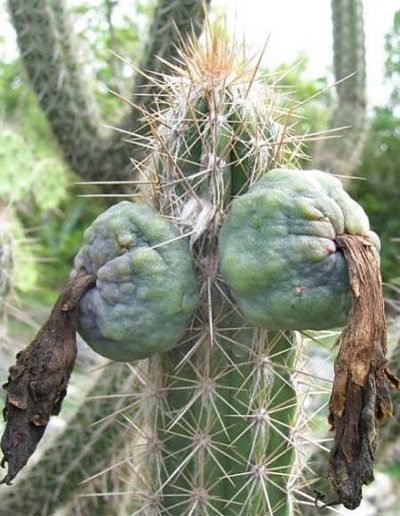
Due to its adaptability to various environments, the Dancing Cactus serves as an excellent choice for interior and exterior decoration. Its slow growth allows it to fit seamlessly into both small and large spaces, making it versatile for different settings. Placing it in well-designed pots or incorporating it into a succulent garden arrangement can enhance the overall aesthetic appeal of your living spaces.
Tips for Growing a Healthy Dancing Cactus:
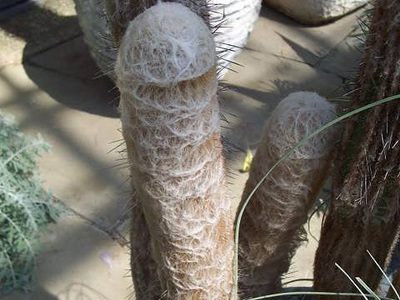
- Light: Provide bright indirect light for optimal growth. Place the cactus near a window where it can receive sunlight without being directly exposed to harsh rays.
- Soil: Use well-draining soil to prevent waterlogging, as succulents are susceptible to root rot. A cactus or succulent mix is ideal.
- Watering: Water sparingly and allow the soil to dry out between waterings. Overwatering is a common mistake that can lead to root issues.
- Temperature: The Dancing Cactus is adaptable to a range of temperatures, but it prefers warm conditions. Protect it from frost, especially during colder months.
Conclusion:
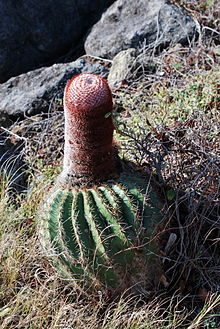
In the realm of succulents, the Dancing Cactus stands out with its enchanting crests and unique charm. Its low maintenance, coupled with its cultural significance, makes it a delightful addition to any plant enthusiast’s collection. Whether adorning indoor spaces or gracing outdoor landscapes, the Dancing Cactus brings a touch of elegance and resilience to the world of succulents. Consider welcoming this captivating succulent into your home and witness the dance of nature unfolding in your living spaces.





